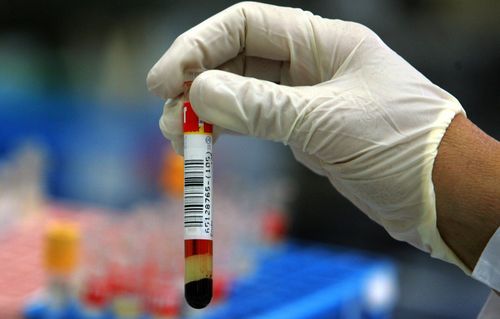Your shopping cart is empty!
 Nowadays, there are many performance-enhancing drugs, not only steroids. However, nothing compares to steroids in muscle and endurance building, and they remain the most used drugs even in professional sports.
Nowadays, there are many performance-enhancing drugs, not only steroids. However, nothing compares to steroids in muscle and endurance building, and they remain the most used drugs even in professional sports.
Different anti-doping agencies have been struggling to reveal steroid abuse, as its use and misuse has become a complex science. In professional sports, athletes use substances with the help of medical specialists; they use numerous masking methods, posing a massive challenge to the testing authorities.
As a response to widespread doping, agencies have also come up with numerous complex ways of testing. Today, and control agency would use an array of tests.
In most cases, agencies would test urine and blood for the presence of exogenous steroids, though new methods like testing hair or nails are also emerging.
Among the indirect approaches, WADA has also started to maintain an athlete’s biological passport. It is well known that athletes stop using steroids much before the competition to avoid detection. So, agencies like WADA have started testing athletes much before or regularly for some health indicators. Tests in biological passport do not check for steroid use, rather for changes in endocrinal function pointing at steroid abuse.
There is a continuing war between steroids users and anti-doping agencies. Those who use steroids come up with newer methods to mask steroid abuse, doping agencies reply by finding new techniques. In recent years agencies are focusing on testing nails or hair, as drugs may remain accumulated in them for much longer.
To conclude, what tests would be used to detect steroid use will depend on the anti-doping agency, level of athlete. At amateur levels, it is easier to escape these tests as they would use simpler methods like testing for metabolites of steroids, and T/E ratio. However, agencies like WADA deploy a range of sophisticated techniques, making it difficult to mask steroid abuse.